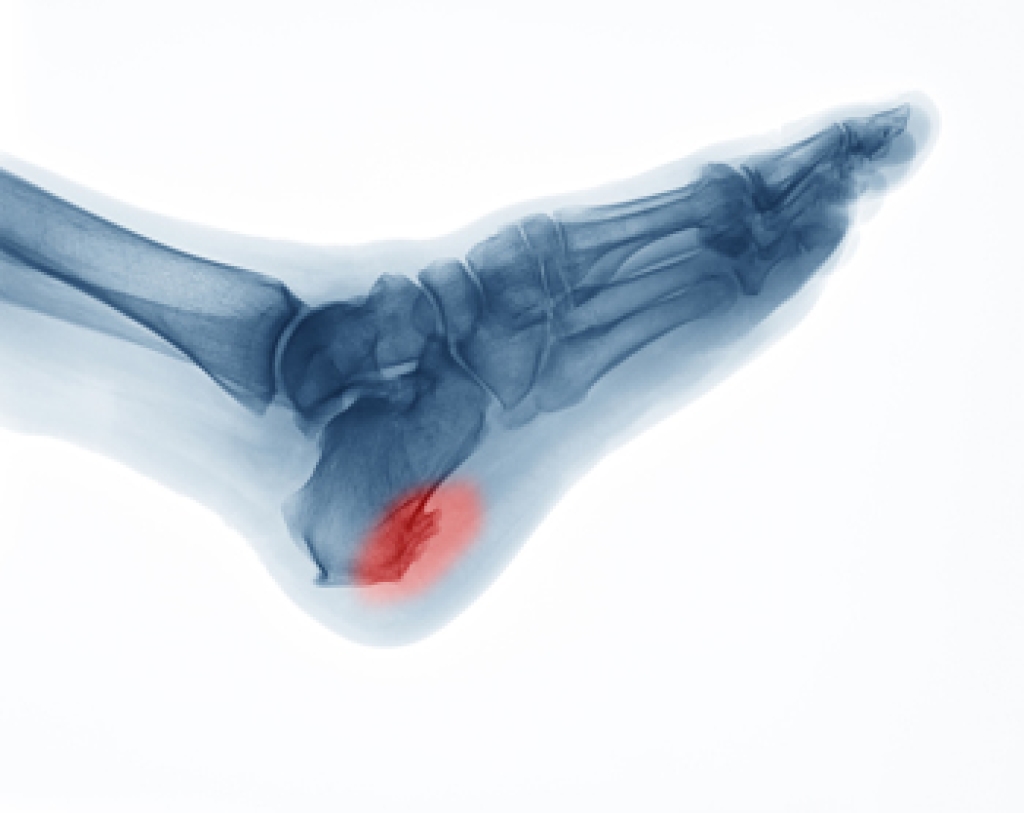
A heel spur, medically known as a calcaneal spur, is a bony growth that develops on the underside of the heel bone. This condition is often associated with plantar fasciitis, where the tissue connecting the heel to the toes becomes inflamed. Heel spurs form due to excessive stress and strain on the foot, causing calcium deposits to accumulate over time. Common causes include repetitive stress from high-impact activities, prolonged standing, and wearing improper footwear. Individuals with flat feet or high arches are also at higher risk due to altered foot mechanics. Symptoms typically include sharp pain at the heel, particularly with the first steps in the morning. If you have developed a heel spur, it is suggested that you are under the care of a podiatrist who can discuss effective treatment methods that may include surgery for removal.
Heel spurs can be incredibly painful and sometimes may make you unable to participate in physical activities. To get medical care for your heel spurs, contact Vincent, Vess from Fourth River Foot & Ankle. Our doctor will do everything possible to treat your condition.
Heels Spurs
Heel spurs are formed by calcium deposits on the back of the foot where the heel is. This can also be caused by small fragments of bone breaking off one section of the foot, attaching onto the back of the foot. Heel spurs can also be bone growth on the back of the foot and may grow in the direction of the arch of the foot.
Older individuals usually suffer from heel spurs and pain sometimes intensifies with age. One of the main condition's spurs are related to is plantar fasciitis.
Pain
The pain associated with spurs is often because of weight placed on the feet. When someone is walking, their entire weight is concentrated on the feet. Bone spurs then have the tendency to affect other bones and tissues around the foot. As the pain continues, the feet will become tender and sensitive over time.
Treatments
There are many ways to treat heel spurs. If one is suffering from heel spurs in conjunction with pain, there are several methods for healing. Medication, surgery, and herbal care are some options.
If you have any questions, please feel free to contact our offices located in Pittsburgh, White Oak, and McKeesport,PA . We offer the newest diagnostic and treatment technologies for all your foot care needs.




